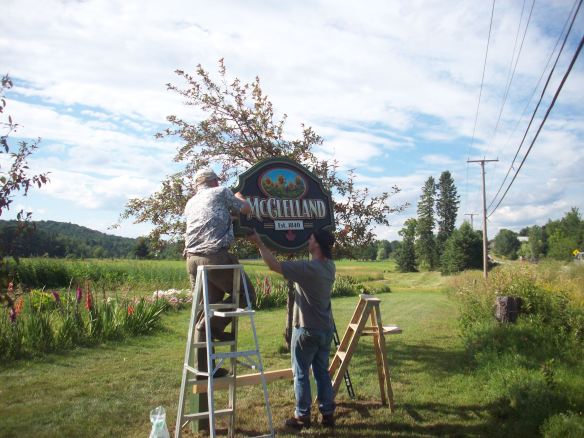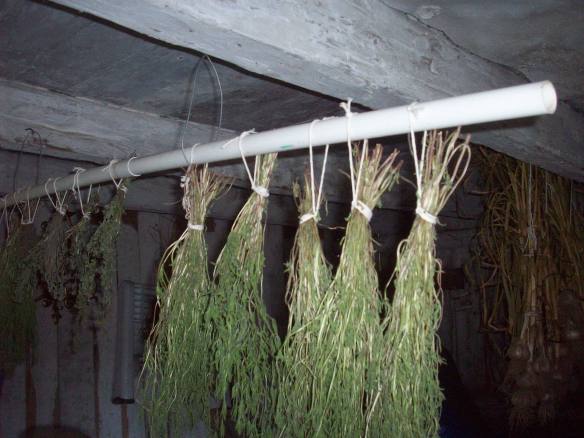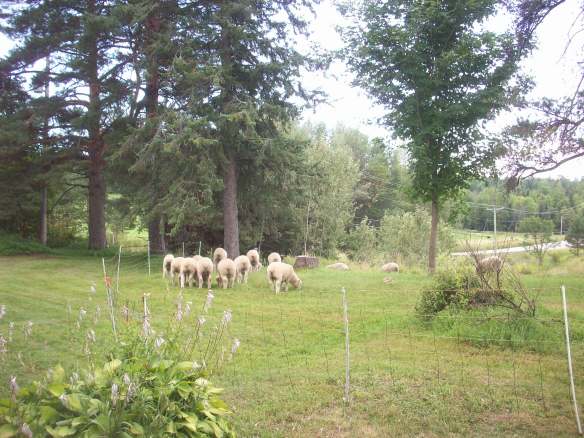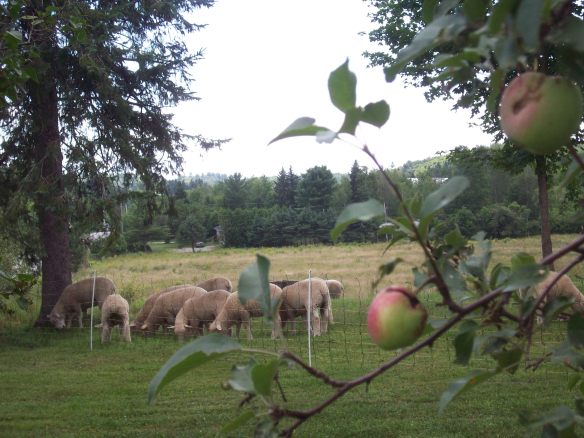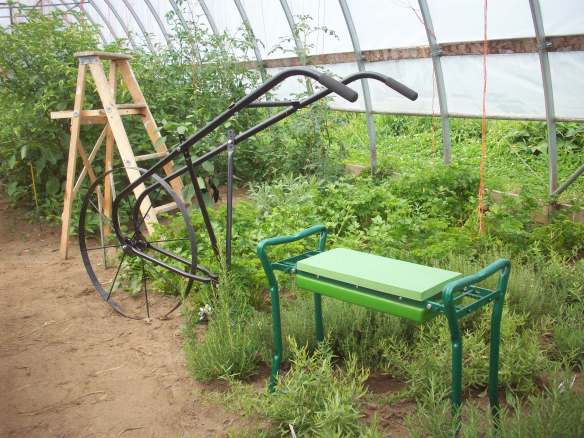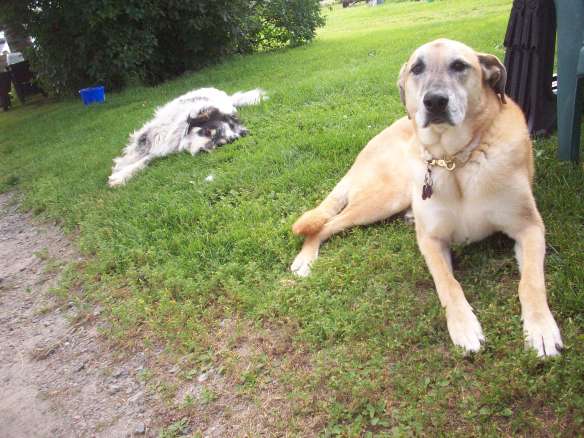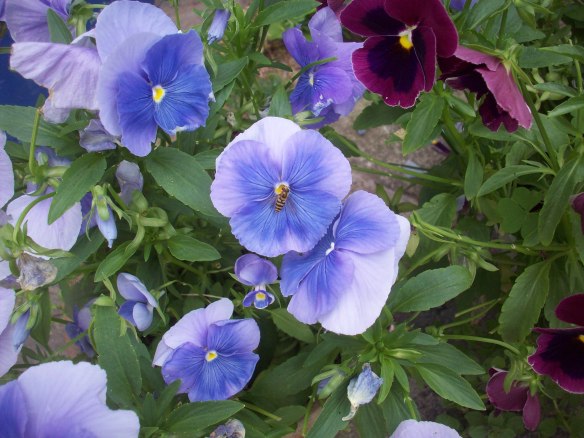A few weeks ago three farms in the Wakefield area held a “farmhop”, an openhouse to show their wares. And hundreds of people attended.
This weekend Wakefield Market which began with a hand full of vendors on card tables will complete its 20th season with an average of 25 vendors each week.
Every week the major daily newspapers devote numerous articles to the local food movement.
My how times have changed, or have we just gone back to the future? Being a history buff, I have noted the many historical photos of the Byward Market of 70 or 100 years ago, with literally hundreds of teams of horses, Model T’s, and huge crowds of people – all buying at the market. All buying locally produced products. To my knowledge my family never sold at the Byward Market, but I know stories of neighbours who left the farm in the middle of the night, horse and buggy or sleigh, to take their produce to the Ottawa Market. For many years my father sold eggs, butter, apples, potatoes and more on his weekly door to door sales in Hull. He also sold pork and veal carcasses to Hull corners stores such as Labelles and Laramees. Meat sales ended late 1950s with new government regulations about butchering. The egg and produce sales also ended about the same time. Believe it or not customers did not want to buy brown eggs when they could get white ones in the big grocery stores. Our apples had scabs on them and so did not measure up to the new modern apples, scab free. They had been sprayed. Yes local farmers were organic long before it was hip.
Then came the 1970s and 80s. Good friend of mine from university got into vegetable business in a big way, pick your own was the “in thing”, strawberries and vegetables. But trends changed and people did not always want to pick. Meanwhile Byward and Parkdale markets became known as re-seller markets instead of producer markets. In 1990 my friend and a handful of others helped Carp Market open its doors. The vendors sold only what they produced, no re-sellers. It was an instant success, 1000 people on the first week. Lansdowne Farmers market followed a few years later and now farmer’s markets are a fixture in many towns, small and large.
And back to that Wakefield “farmhop” a few weeks ago. One thing all the farm owners have in common, none of them were raised on a farm. In the 1960s I could not imagine hundreds of young city-folks, with children in tow, coming to visit my father’s farm, just to see a real farm and where their food came from.
Real food came from the super market. My school lunch had homemade cookies, my mother made pickles, jams and jellies – certainly not ”in” when you could get “store-bought”.
So “local food” and 100 mile diet have been good for many farmers. Many from non-farm backgrounds have got into agriculture and I think re-acquainted an entire generation with food. . The newcomers have done a great job of promoting their operations, selling the sizzle with the steak.
Farmers markets help the local economy, and as we have seen in Wakefield, help to build and maintain a community. Local artisans, community groups, tourism all benefit from markets.
All this rambling to say, thanks to you, the community, for another successful market season. It does take a community to grow a market, and “you done great”.
Until next time…
Bob
Looking back at market 2016
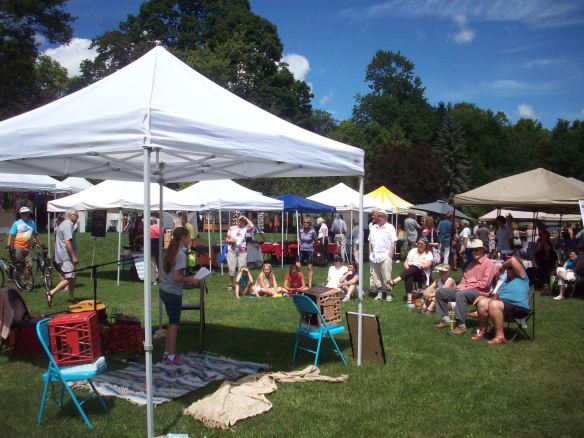
Fourth annual Author’s Day
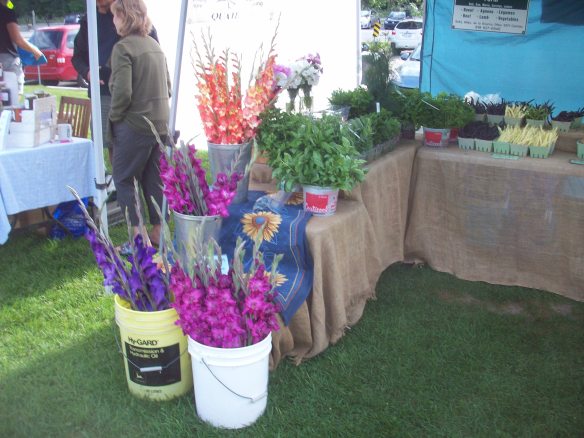
July gladiolas at McClelland 1840 Farm booth
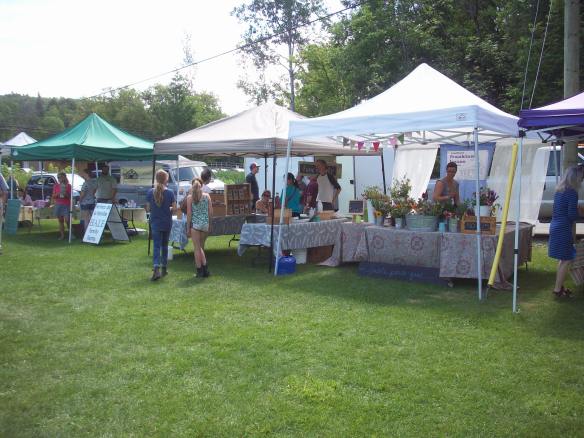
Summer at the market
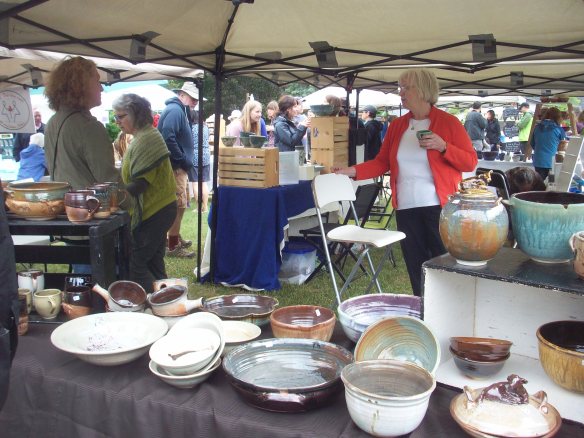
First annual Pottery Day

First annual Aboriginal Day, a huge success, thanks to the community.


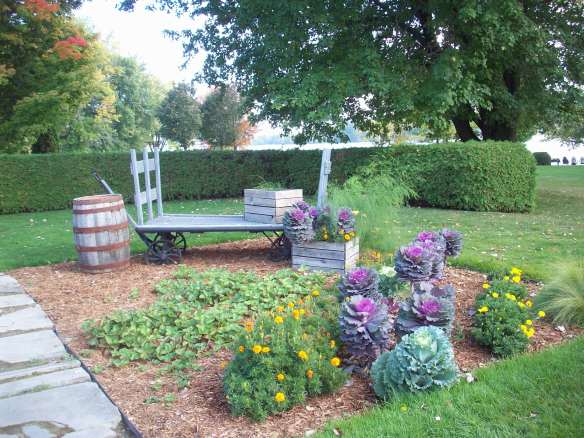

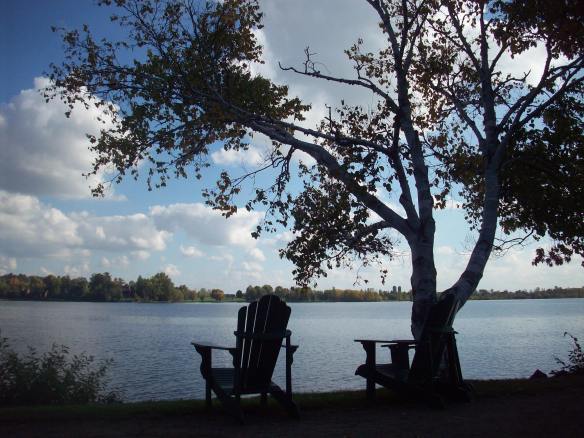

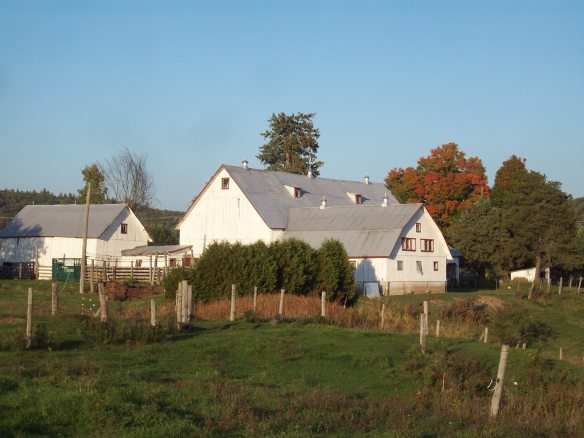
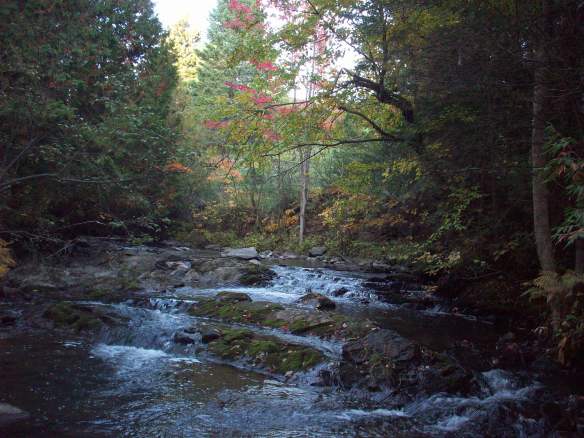
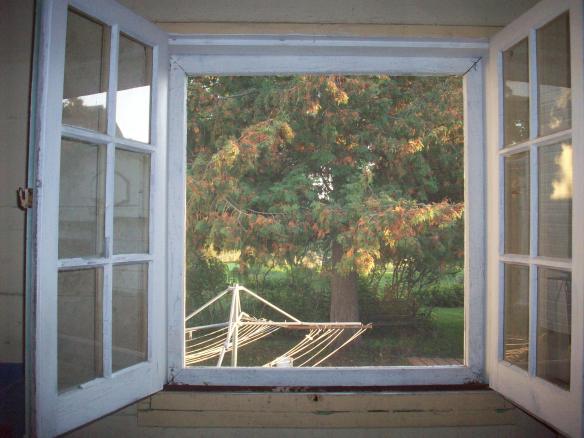
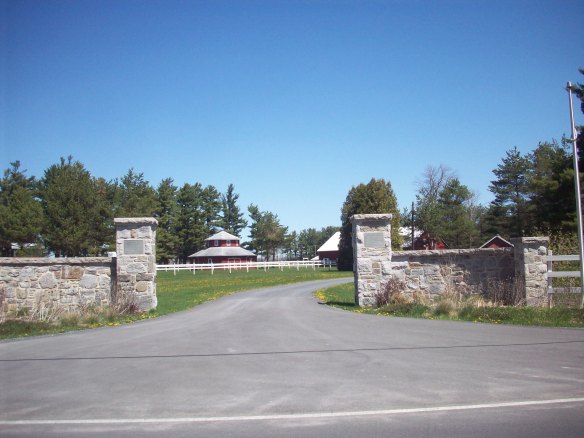
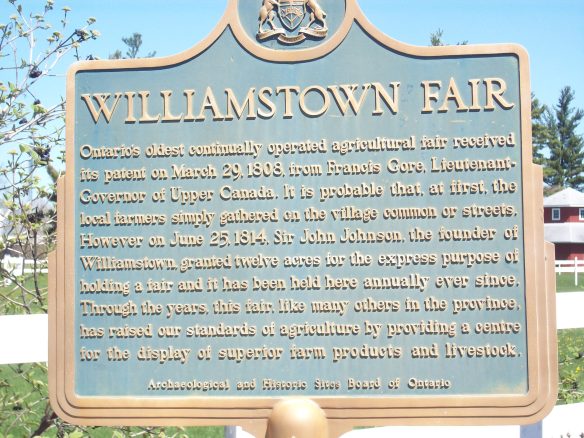
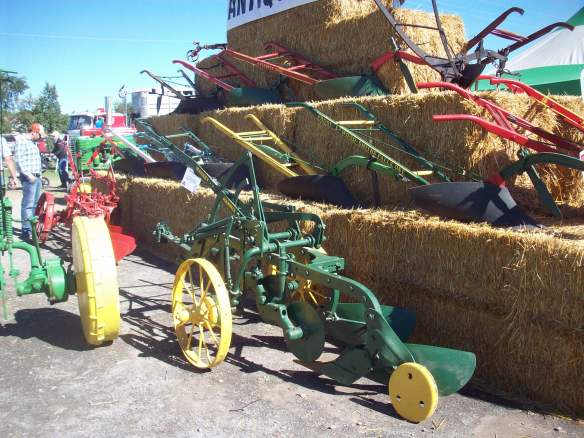



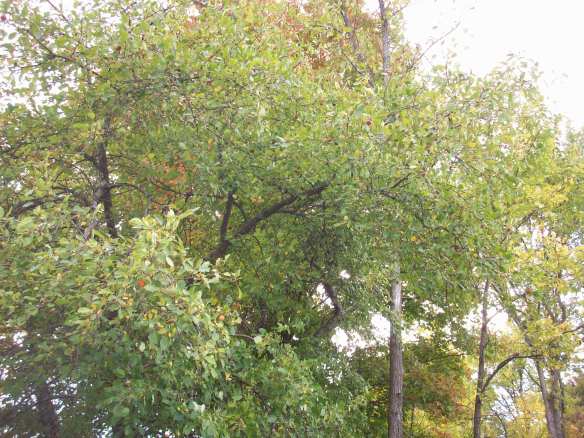
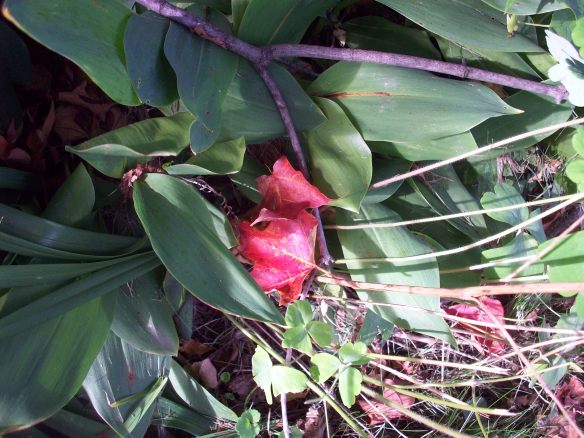
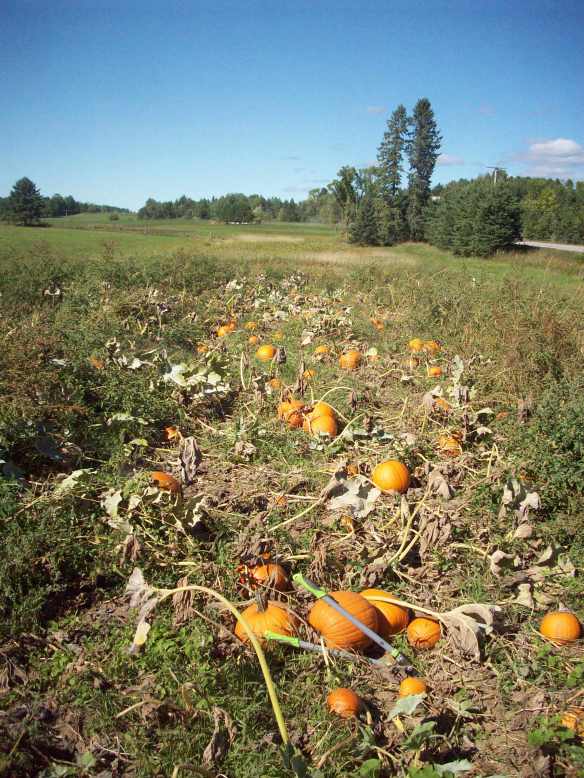
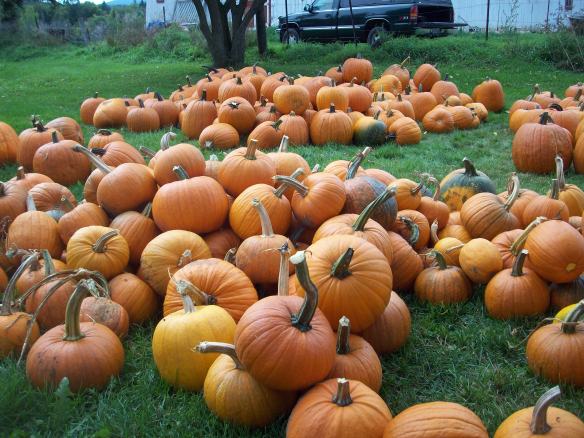
 The Three Musketeers: Arthur the ram is the newest resident of our farm, he arrived Tuesday and by Wednesday morning had made two new friends Gus and Lily.
The Three Musketeers: Arthur the ram is the newest resident of our farm, he arrived Tuesday and by Wednesday morning had made two new friends Gus and Lily.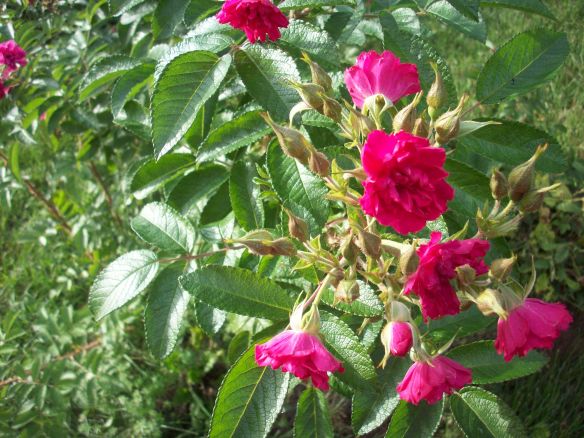


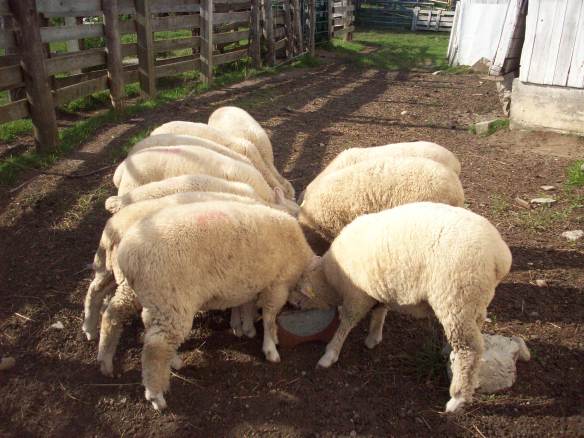
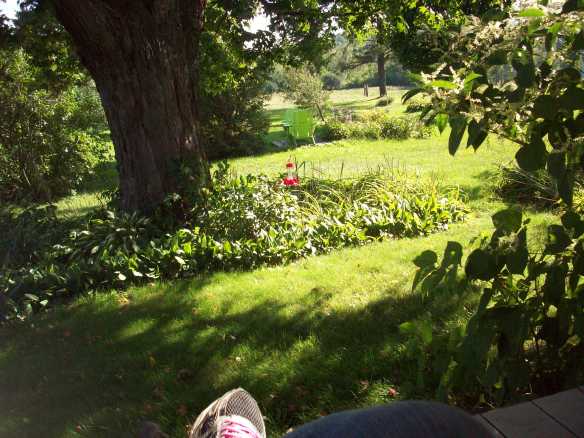

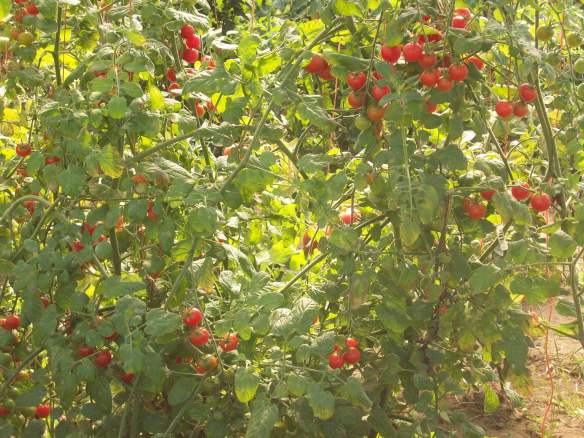
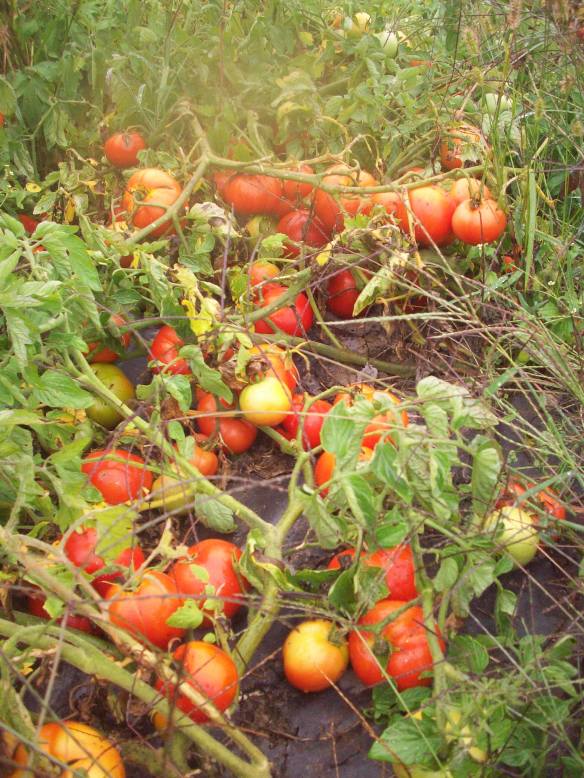
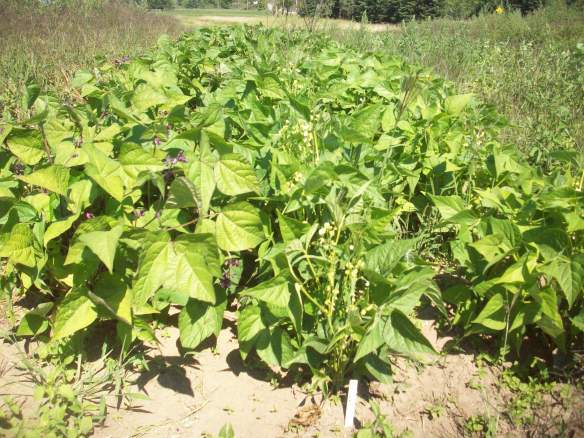
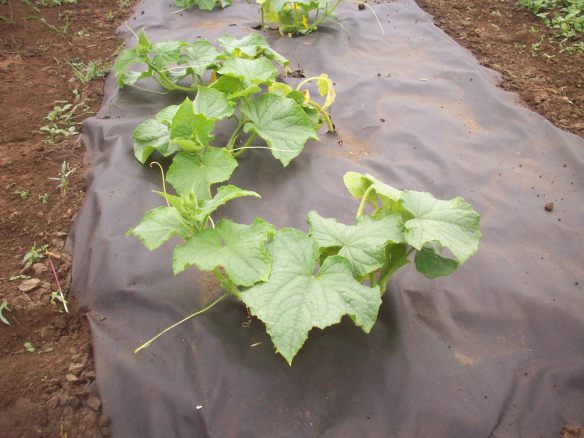


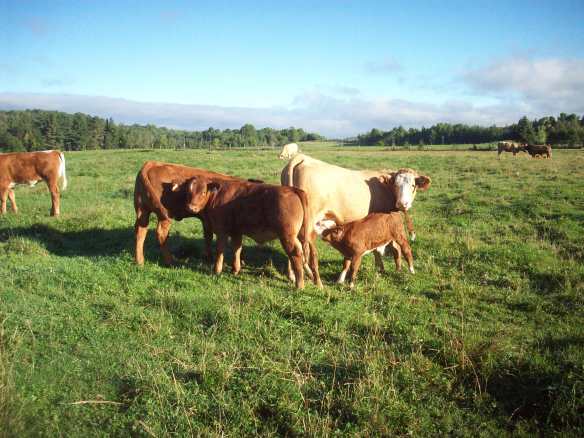
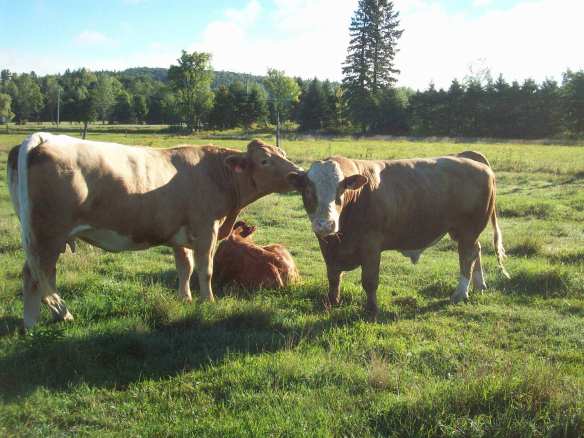

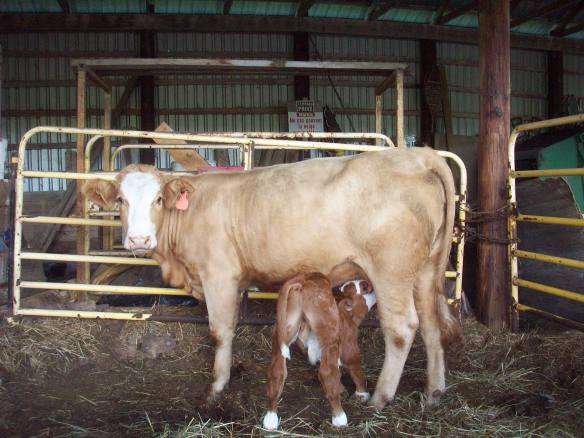
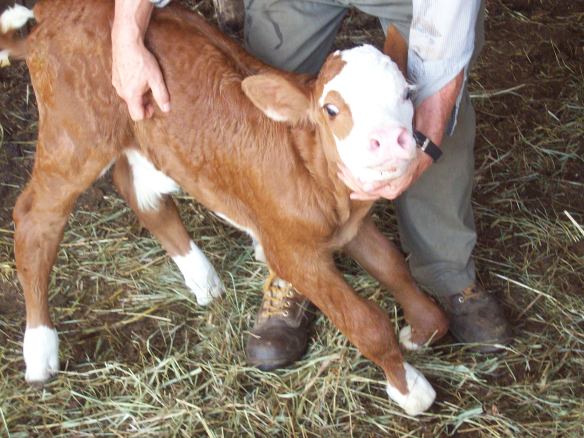
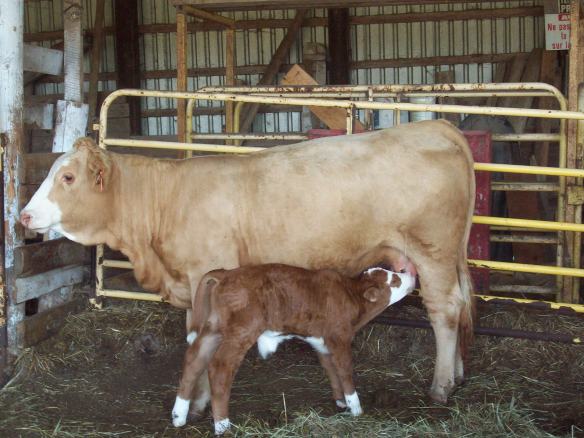
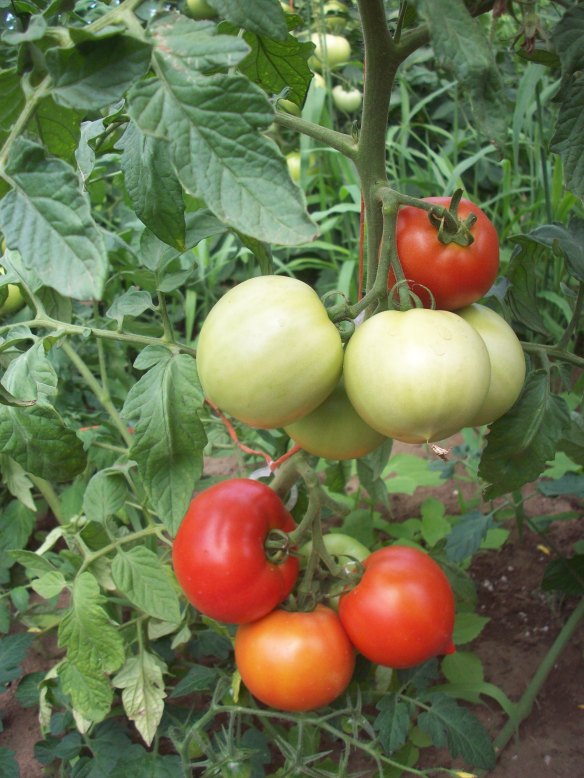
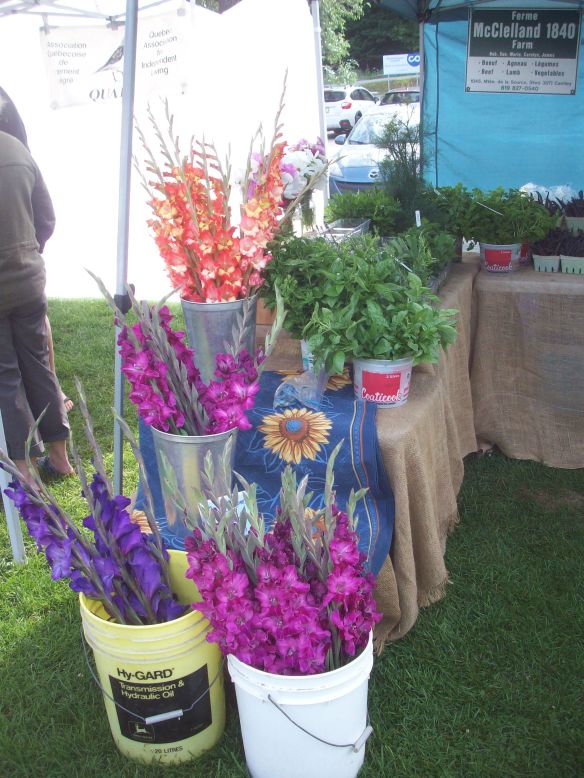 Our favourite place to be on a Saturday morning, Wakefield Market.
Our favourite place to be on a Saturday morning, Wakefield Market.